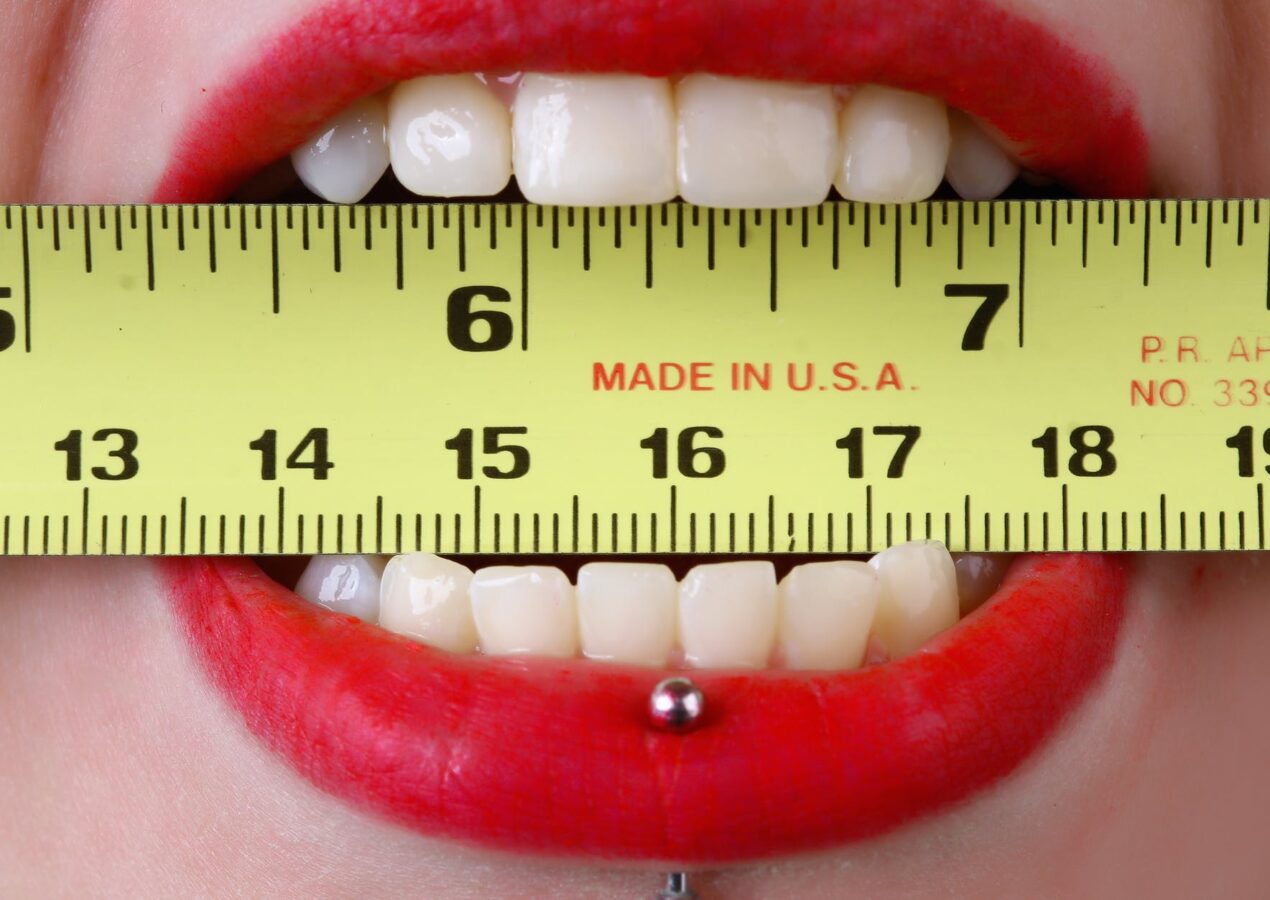The number one question I get asked due to my plant-based lifestyle is, “How do you get your protein?” I immediately hold back all the information I want to spew out and simply say, “Plants have protein too.”
The general public has been misinformed that you can only get protein from eating animals. This is far from the truth. Many forget that plants don’t just include leafy greens, but beans, lentils, tofu, tempeh, oatmeal, rice and more! Keep reading to learn how much protein all of these plant foods contain!
What is Protein?
Protein is a Macronutrient that is made up of amino acids. It is helpful for growth, repair and energy.
How much do we need?
But let’s back track. Regardless of your diet, how much protein does the average adult actually need? According to Dr. Michael McGregor, adults only need 0.9 grams of protein per kilogram of bodyweight. So, if you weigh 150 pounds, your daily intake may average around 55 grams of protein per day. This was based on the protein concentration of human breast milk. Human breast milk is a necessity at the time of humans developing at their fastest rate. If this amount of protein is ideal for rapid development, then the idea is that it is more than enough for the average adult.
Another way to think about how much daily protein we need is to go by the recommended daily average of about 10-15% of our daily calories. This is enough for even active lifestyles.
It is actually quite difficult to become protein deficient. If you are getting enough daily calories, then you most likely are getting enough protein. You most likely are getting more protein than you need. The average American get more than enough protein in their diet. It is generally not a cause for worry. For those who are actually protein deficient, they aren’t getting enough calories overall and need to increase caloric intake of all the macronutrients and other essential vitamins, not just protein.

Is Plant Protein the same as Animal protein?
Animal protein structure is similar to human protein structure of course. But as long as you get a variety and balance diet of plant protein throughout your day, you will get all the amino acids you need for a healthy life.
A lot of people think that once you cut out animal proteins that you risk your health. I believe that this has to do with the meat industry and the power they have to promote animal products. Until recently, plants weren’t heard of as much and the plant industry wasn’t gaining speed like it is today. Sources of plants for protein is being talked about much more and people’s mindsets are slowly changing to allow more plants in their diets.


What are some good sources of plant protein?
Nuts. Peanut butter has 8 g of protein per 2 tablespoons.

Tofu. This soy bean product also contains 9 essential amino acids. It is affordable and great grilled, fried, in soups, salads, paired with rice, in wraps and more! It packs 10g of protein in half a cup!

Edamame. This little green pod has 12 g of protein per half cup and is great in salads or as is!

Beans. There are so many types of beans out there. But black beans specifically offer 7 g of protein per half cup. They are great in salads, as a black bean burger and paired with high protein grains like quinoa.

Lentils. They are small but mighty. They offer protein and fiber. About 9 g of protein per half cup and 8 g of fiber! Lentils are great in tacos, soups and paired with rice!

Nutritional Yeast. This is a yeast that is usually used to make plant cheese sauces. It gives off a cheesy flavour. It has all 9 essential amino acids and has 9 grams of protein per 2 table spoons. It is also a great source of B12 which many on a plant-based diet use this as a staple in their pantry.

Tempeh. This is a fermented soy-based plant food made from soybeans. It contains good sources of calcium, iron and protein. It has a whopping 15 g of protein per 3 oz! Tempeh can be marinated and grilled or baked for a great addition to salads, wraps and dishes.

Moving Forward
In summary, plant-based protein is sufficient for a healthy life. According to the American Dietetic Association, “a well-planned plant-based diet is sufficient for all stages of life.” You don’t have to worry about lacking nutrients. Plants are here to give us life.
